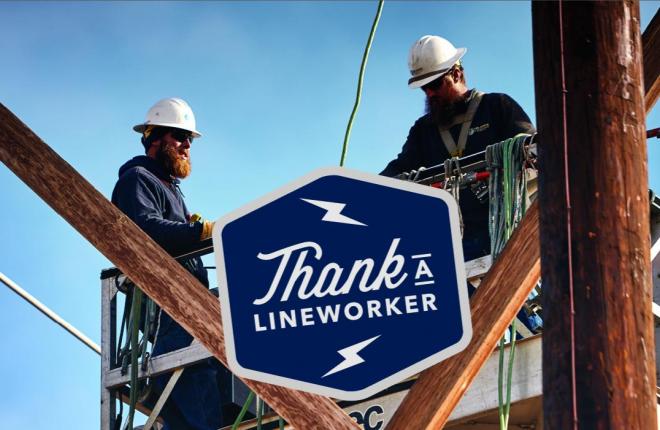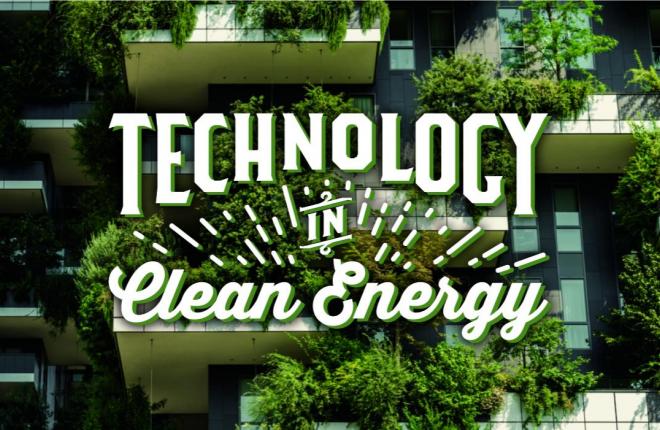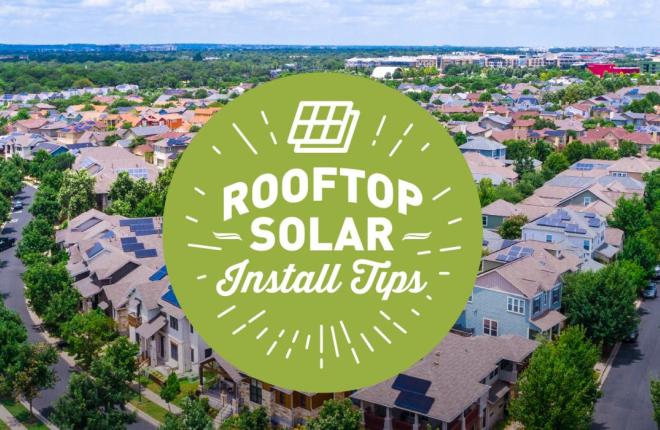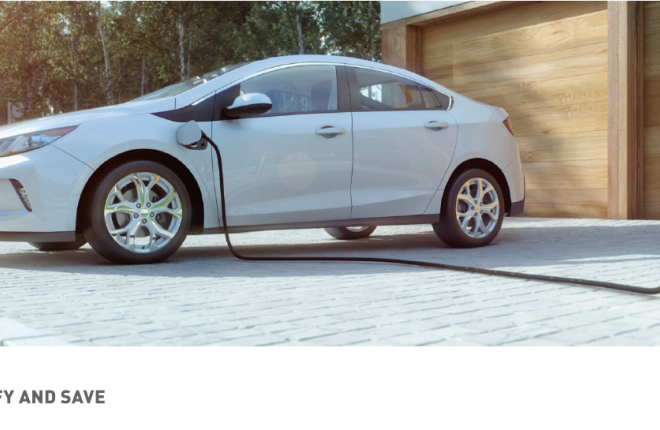
5/20/2020
Leading the Charge: Cooperatives Bringing Electric Vehicle Chargers to Rural Communities
The remote mountain town of Meeker, Colorado – population 2,300 – is not an obvious pick for places to install a new charging station for electric vehicles. But leaders at the local electric provider, a cooperative, are keeping an eye to the future. They are among hundreds of electric co-ops across the country helping to bring this increasingly mainstream technology to residents and visitors in rural areas.
“This was important to us from an economic development standpoint. As a small community, in order to be successful, we need to check as many boxes as we possibly can. So this is to serve our members, as well as tourists coming through town,” said Trina Zagar-Brown, general counsel and manager of member services with White River Electric Association (WREA).
In the first year since WREA installed two electric vehicle (EV) chargers in Meeker, Zagar-Brown said they have had a good response from local businesses and tourists, including some tourists who called ahead as they were mapping out their vacations. She expects the numbers will pick up in the years ahead, and many industry experts and analysts agree.
Electric Vehicles Picking up Speed
To get a sense of the momentum behind the transition to EVs, just think about your smartphone: 15 years ago, no one had one.
“There are very few flip phone holdovers anymore, and there will be very few gasoline-powered vehicle holdovers,” Nissan executive Cornelius Willingham recently said at a conference of cooperative leaders.
Consider that just 10 years ago there were nearly no sales of all-electric vehicles. Since then, sales have grown steadily, according to the Bureau of Transportation Statistics. From the consumer standpoint, it is easy to understand the appeal of EVs. They are easier on the environment, perform well, and can cost 80-90% less to maintain and operate compared to gasoline-powered vehicles.
Automakers are investing tens of billions of dollars in EVs, racing to beat the competition. Some forecasts show that manufacturers will sell more EVs than gasoline and diesel-powered vehicles by 2040. Automakers, federal and state governments and electric providers are also investing in the infrastructure needed to power those EVs—rapidly expanding the network of public EV chargers. And America’s electric cooperatives are making sure communities in largely rural areas are not left behind.
Cooperative Power for Electric Vehicles
Given the history of electric cooperatives, it’s easy to understand why they are now working to ensure access to public EV chargers.
The first electric co-ops formed about 75 years ago when residents of rural areas struggled to get access to electric power. Those rural residents joined together to form their own electric providers – co-ops – to generate, transmit, and deliver electricity to their homes, schools, farms, and other businesses.
Electric co-ops are nonprofits, owned, and governed by their consumer members. Today, more than 900 cooperatives power more than half of our nation’s landmass.
Bringing public EV chargers to rural areas is not only a service to residents who will drive EVs (including the impressive electric pickup trucks and SUVs coming onto the market soon), but it will also be an economic necessity in the not-too-distant future.
When more Americans are driving EVs, rural communities cannot afford to be shut off from those travelers and tourists. Many of the public EV chargers currently installed in small towns are located in front of businesses, like restaurants or motels, that hope to get a boost from EV drivers stopping to recharge.
Tri-State Support for EV Chargers in Rural Communities
Tri-State Generation and Transmission Association is supporting its members’ efforts in the transition to EVs. This year, it launched the EV Experience Fleet. Tri-State has purchased several all-electric and plug-in electric hybrid vehicles, including sedans, minivans, and, soon, trucks. Tri-State member cooperatives can borrow the vehicles for up to a month at a time for staff use and to hold Ride & Drive events in their communities. This will be especially helpful in rural communities where residents may not have easy access to such test drive opportunities.
Tri-State wanted to create a fleet of vehicles that would give our members the experience of an EV, enabling the members to help Tri-State understand more about what challenges may exist with driving EVs in their service territory, allowing Tri-State to identify areas where we can further assist the members.
The benefits of test drive opportunities have been shown by Tri-State member co-op Gunnison County Electric Association (GCEA). In 2015, it became the first cooperative in Colorado to install EV chargers and later began a program to let its consumer-members borrow an EV.
“In my 21 years with co-ops, I’ve never seen anything that has created this level of engagement,” said GCEA CEO Mike McBride. “EV owners love to talk about and share their cars, and it turns out that members who get control of one exhibit the same tendency. They become ambassadors for both EVs and the co-op.”
Another Tri-State initiative is theEV Infrastructure program, which is included in its bold new Responsible Energy Plan. For each of its members, Tri-State is helping its members with the infrastructure costs of Level 2 or Level 3 EV chargers.
Level 2 chargers charge at a rate of 12 to 50 miles of range per hour, requiring several hours to fully charge an EV battery.
Level 3 chargers, called DC fast chargers, can provide a charging rate of up to 100 miles of range per hour, taking a battery up to 80% capacity in as little as 20 to 30 minutes. However, those DC fast chargers are more expensive to install. Because of the higher costs, Tri-State members also evaluate additional financial support for these projects, frequently in the form of state or federal grants.
As more EVs take to the roads in the coming years, electric cooperatives also are investing in infrastructure to manage the larger demand on their systems. This is one of many areas where the benefit of cooperation among co-ops can be seen; Tri-State executives are in frequent communication with federal and state partners, including the Department of Energy. They are giving voice to their members’ needs and concerns.
In this case, they’re making sure their communities are also reaping the rewards of the latest energy and transportation advances.
Electrify and Save™
--
About Tri-State
Tri-State is a power supply cooperative, operating on a not-for-profit basis, serving electric distribution cooperatives and public power district member-owners in four states. Together with our members, we deliver reliable, affordable and responsible power to more than a million electricity consumers across nearly 200,000 square miles of the West. Visit www.tristate.coop.
Blog Posts

Earth Day Energy Tips

Teachers Re-Energized as Students Learn About Electricity Online

Lineworker Appreciation Day 2020

6 Unusual Technologies Emerging in Clean Energy

Energy Conservation Tips While You and The Kids #StayAtHome

Read This Before Investing In Rooftop Solar

3 Energy Conservation Tips You Can't Afford to Miss

5 Reasons Why You Should Buy an Electric Vehicle in 2020


